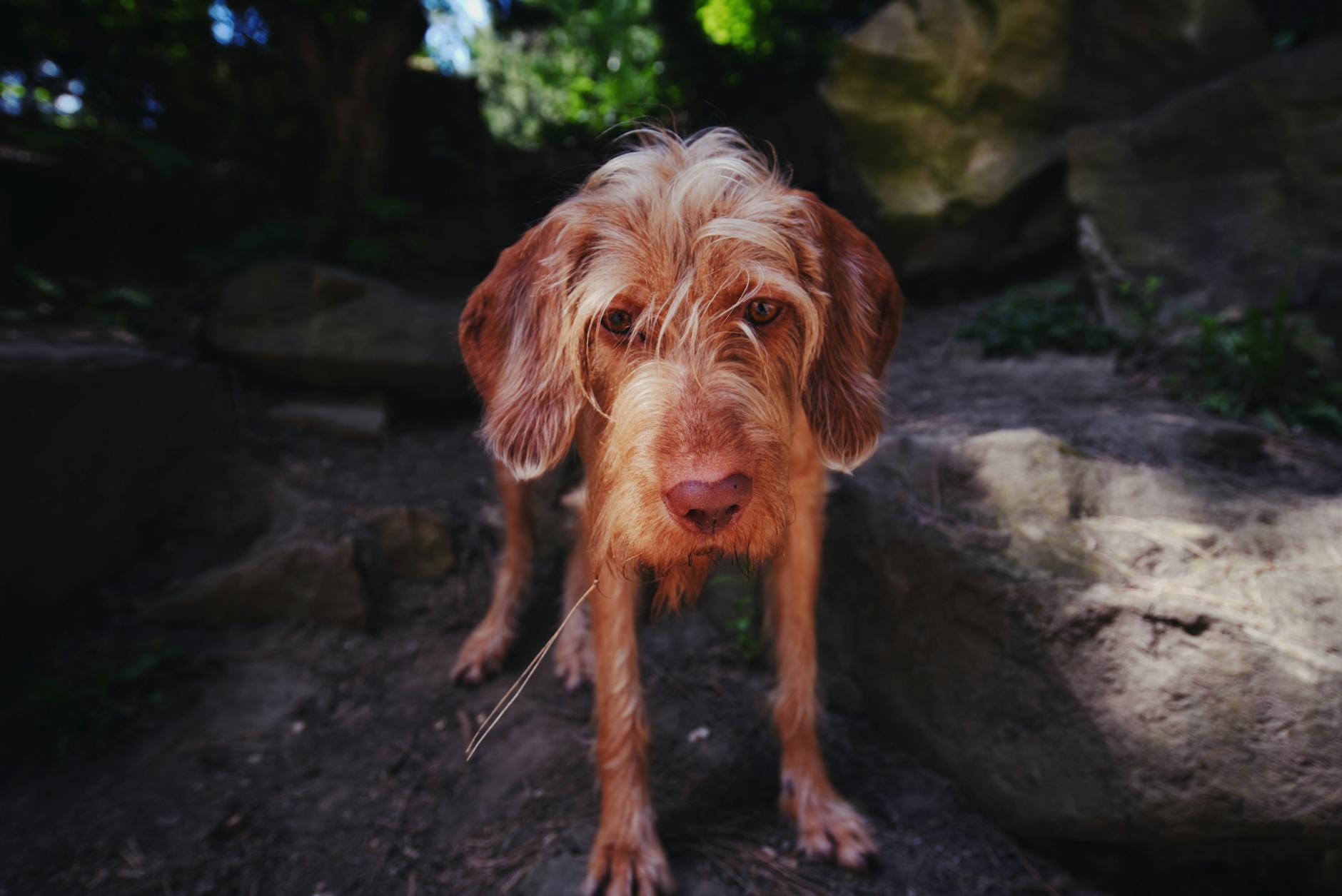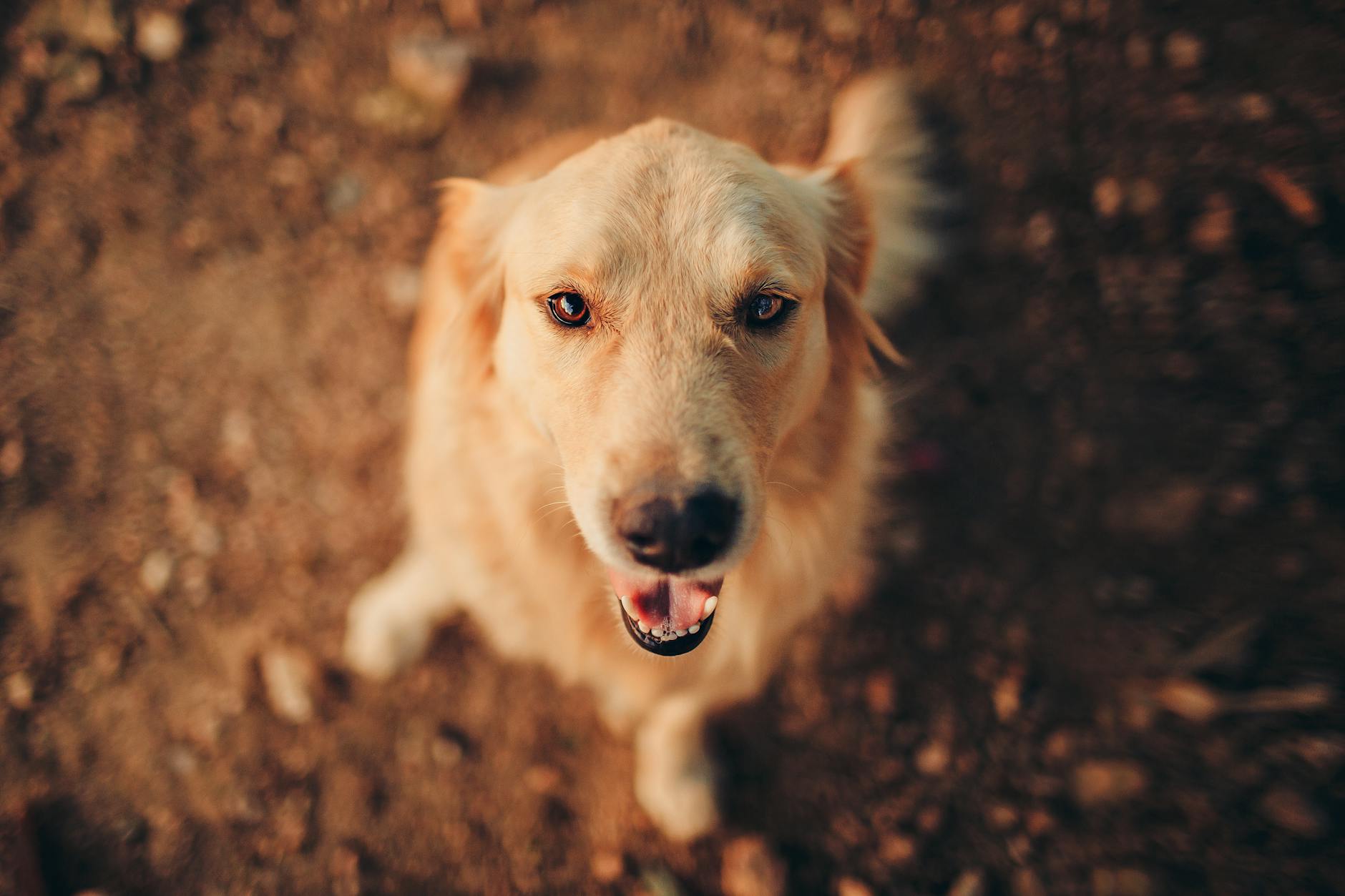Why Are Conservationists Advocating for Greener Dog Boarding in Australia?

The Need for Greener Dog Boarding
As an experienced conservationist living in Brisbane, I want to share the growing importance of eco-conscious practices in dog boarding. Dog boarding facilities, like many other establishments, face various environmental challenges. These include high energy consumption, improper waste management, and habitat disruption. The significance of addressing these challenges cannot be overstated, especially when considering the proximity to treasured sites like the Lone Pine Koala Sanctuary.
Environmental Challenges in Dog Boarding
Operating a dog boarding facility involves significant use of resources such as water and energy. The consumption required for maintaining comfortable temperatures, cleaning spaces, and ensuring adequate lighting adds up. Moreover, traditional waste management systems often don't effectively handle the kind of waste generated by boarding facilities, which can lead to problems if not managed sustainably.
Impact on Local Ecosystems
Local ecosystems are delicate and require mindful practices to preserve them. Facilities that do not incorporate sustainable practices can inadvertently affect nearby areas. For instance, runoff from poorly managed waste can find its way into natural habitats, altering the delicate balance of ecosystems. This situation is particularly relevant in a city like Brisbane, where natural sanctuaries are precious to residents and visitors alike.
Case Studies of Past Issues
Learning from past issues in dog boarding environments offers valuable insight into what works and what doesn't. Some facilities have overlooked essential environmental considerations, resulting in negative impacts on the local flora and fauna. By studying these examples, boarding homes can adopt more effective and sustainable approaches to mitigate their environmental footprint.
Avoiding Pitfalls in Eco-Friendly Dog Boarding
Simplifying Solutions
One of the most common errors I often see in eco-friendly dog boarding is overlooking simple yet effective solutions. It's easy to become captivated by the grandeur of large-scale projects, like installing solar panels or building extensive rainwater systems. However, simple measures like planting native vegetation can make a significant difference. Native plants around the kennel areas reduce carbon emissions by providing natural shade and creating a cooler environment, similar to how they do in the Brisbane City Botanic Gardens. These straightforward solutions also enhance the aesthetic with little effort.
Engaging the Community
Underestimating the power of community involvement often leads to missed opportunities. In my experience, engaging local communities, perhaps involving the Lone Pine Koala Sanctuary visitors or Mt Coot-tha Botanic Gardens members, can help reinvigorate your green initiatives. Hosting workshops or inviting volunteers for tree-planting activities not only fosters a sense of shared responsibility but also strengthens community bonds. This approach has been beneficial, particularly in fostering pet care professionalism and widening practical conservation measures beyond your immediate sphere.
Continuous Upkeep
Neglecting ongoing maintenance of eco-friendly systems is another concern. Initial investments have undeniable importance, but real sustainability relies on continuous upkeep. Whether it's regularly checking for leaks in rainwater tanks or maintaining compost systems, routine checks ensure your operations run smoothly. Allocating a small budget for regular system maintenance not only preserves these vital infrastructures but also prolongs their life, similar to facilities seen in top-notch Brisbane parks.


